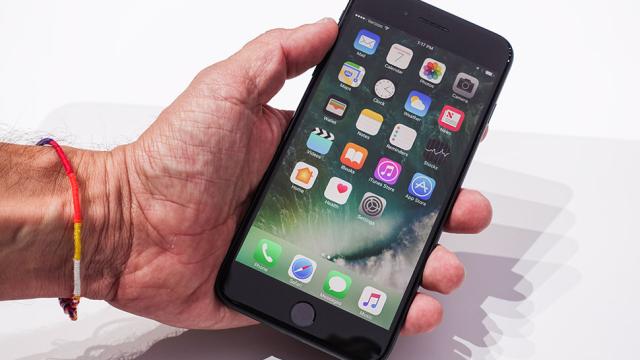Apple has finally recognised that it will have to do more to calm customers’ ire after admitting to, and then apologizing for slowing down their old iPhones. In a letter my mother would have said was “passive aggressive” and “not really apologetic at all” had I written it, Apple wrote: “We know that some of you feel Apple has let you down. We apologise.” To that end, the company has slashed the price of battery replacements for iPhone 6, 6s, and 7 devices from $US80 to $US30.
The letter, which comes eight days after Apple confirmed rumours it was slowing down phones with ageing batteries, possessed a frustrated tone, and if you know anything about how batteries age you might be just as frustrated as Apple sounds. That’s because by all accounts, Apple slowed down older iPhones in an effort to prevent an even more frustrating problem — the unexpected shutdown of phones.
In iOS 10.2 and earlier, iPhones had an obnoxious issue. As the batteries in these devices aged (and there’s really no way to prevent a battery in a phone from ageing), the operating time naturally shortened, but in periods of “peak load” the phone would shut down, often unexpectedly, and even when the battery appeared to have have 40 per cent of more of its life left – I know because my iPhone 6 was affected by the issue.
It was deeply frustrating, and after spending three months with a battery pack strapped to my phone because otherwise I couldn’t trust it to actually be on when I needed it to be on, I went out and picked up a battery replacement kit from iFixit for $US30.
But had I been one of those people who regularly updated my iPhone 6, I would have updated to iOS 10.2.1, which included a quiet fix for the shutdown problem. Instead of the phone mysteriously going caput at a moment’s notice, the phone’s operating system would instead throttle the processor and keep the phone alive. So you’d be able to make calls – but gaming, browsing, and everything else would move at a slower pace.
This is where Apple screwed up. Instead of displaying a pop-up that said something like, “Your phone is going into Ultra Low Power Mode, please service your battery at your earliest convenience,” the software just did its business and left many users feeling frustrated. Now only was their phone not lasting as long (the batteries were still bad and had shorter than expected lifespans), but their phone was slow as heck, too.
As Geekbench noted when it analysed the data it had secured from it’s own users, the slowdown became even more pronounced in iOS 11.2, sparking rumours that Apple was purposely slowing down older phones to force people to upgrade. The rumour had so much weight behind it that Halte à l’Obsolescence Programmée, a French consumer advocacy group, filed a suit yesterday in France under a 2015 law that forbids companies from purposely making older technology obsolete, and last week two separate class actions were filed here in the US.
That might be difficult to prove as Apple is correct: Old batteries do lose their ability to maintain a charge, and thanks to the mad dash to make phones water resistant, most phones no longer allow for the battery to be easily replaced. Yet, as HTC and Motorola told the Verge today, neither throttling or unexpected shutdowns are the typical intended behaviour for phones with ageing batteries, either. Apple’s response to older batteries on the iPhone 6, 6s, and 7 has been a departure both for the company and the phone community as a whole.
But dropping the price on battery replacements is a nice step in a better direction (and one I can only hope becomes standard for Apple and all other phone makers). While an iPhone battery can be procured online for $US15, a kit, including all the necessary tools, starts at $US25 on iFixit and goes up to $US50 for an iPhone 7 Plus. And the repair itself can be dangerous or destructive if you don’t know what you’re doing. Paying $US30 to have someone else do the entire repair is a steal for most people.
In addition to the cut in cost of battery replacement for the affected phones, Apple has also promised an update to iOS:
Early in 2018, we will issue an iOS software update with new features that give users more visibility into the health of their iPhone’s battery, so they can see for themselves if its condition is affecting performance.
It’s unclear what this update will look like. It could be as simple as an app (there are plenty of those available currently), or it could even be a notification that lets you know when its time to consider a battery replacement.
Either way, as phones become more costly and consumers grow more reluctant to upgrade every year or two, we are likely to see more stories like this – phones giving up the ghost far soon than you’d expect given their price tags.
[Apple]
